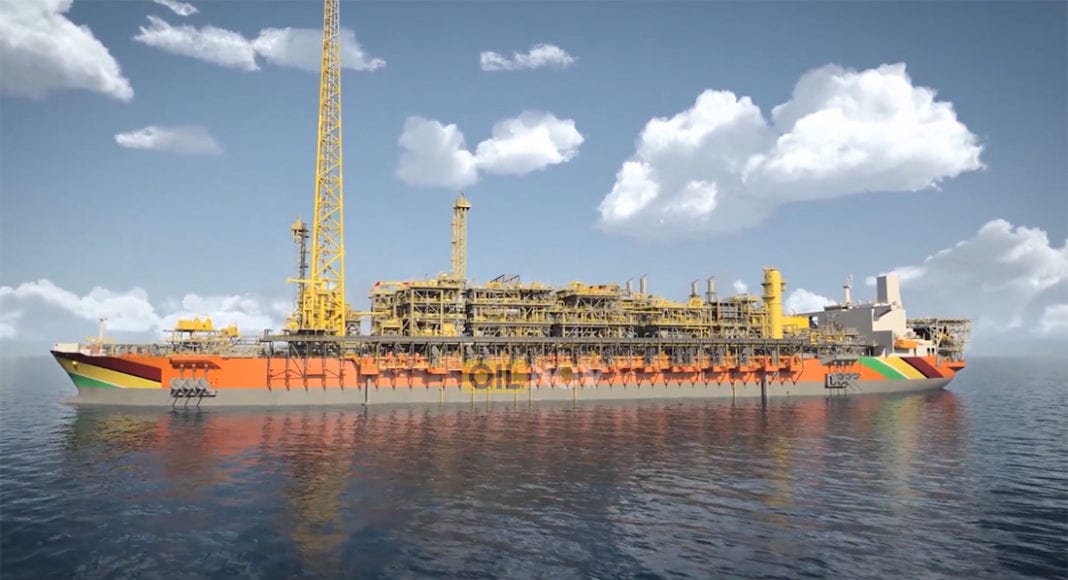While the Environmental Protection Agency (EPA) has granted ExxonMobil’s affiliate, Esso Exploration and Production Guyana Limited (EEPGL) permission to move ahead with its US$10B Yellowtail Project, it has done so with several rigid conditionalities attached.
With respect to air management, EEPGL is required to ensure offshore facilities are designed and operated to maximize energy efficiency and reduce emissions. Towards this end, EEPGL is required to annually quantify aggregate greenhouse gas (GHG) emissions as well as other criteria pollutants from the use of fossil fuels from all offshore facilities and offshore support activities utilized in the execution of the Yellowtail development.
The EPA has also mandated that the oil company utilizes low sulphur fuels on all vessels and or use associated gas to power the One Guyana FPSO while ensuring that there is no discharge of ozone-depleting substances (ODS) in accordance with the International Convention for Prevention of Pollution from Ships. Importantly, the Yellowtail Environmental Permit states in no uncertain terms that “all gas is to be re-injected” unless permission is provided for an alternative use of that resource.
There are also strict requirements for a metering system to be installed so that both parties are able to accurately determine at all times the quantity of gas flared, and the concentration of each pollutant emitted.
Within 90 days of the permit being awarded, the permit holder has to submit for approval, the terms of reference and methodology as well as the work plan to conduct a study on four critical areas: A roadmap towards GHG intensity reductions in respect of petroleum operations conducted; potential and feasibility of Carbon Capture, Utilization and Storage technologies and systems in Guyana; the potential deployment of or investment in carbon sinks, renewable quality credits or offsets generated from within or outside of Guyana; and any other areas of study that the agency views as beneficial areas for collaboration, including market mechanisms to promote innovation and supportive government policies.
Like the Payara Environmental Permit that was issued in 2020, EEPGL will also be subjected to a flaring fee of US$45 per tonne of Carbon Dioxide equivalent (COe) emitted.
The Yellowtail project is expected to target over 900 million oil-equivalent barrels, with an optimum production level of about 250,000 barrels of oil per day. First oil is slated for 2025.



